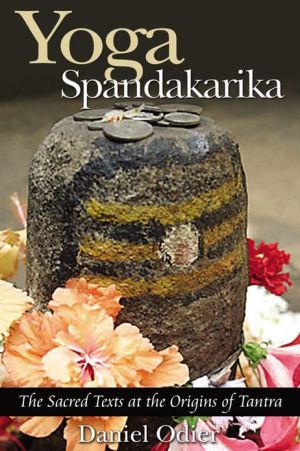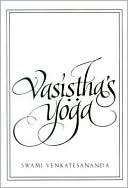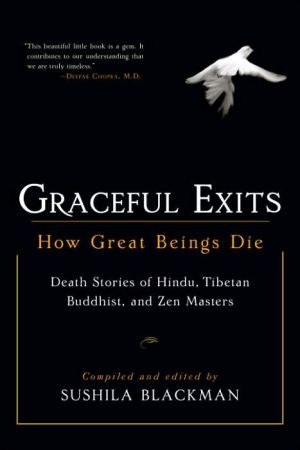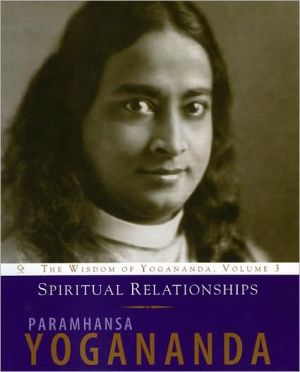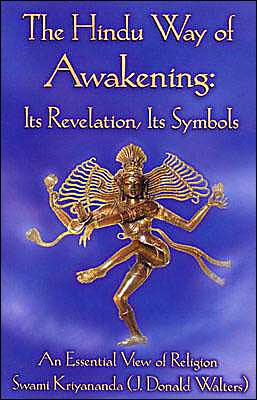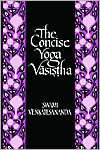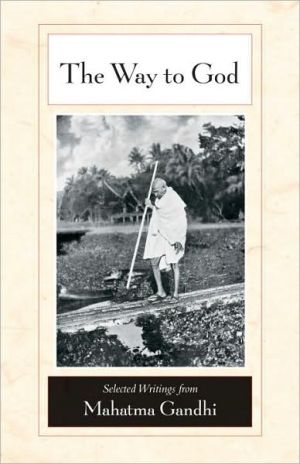Yoga Spandakarika: The Sacred Texts at the Origins of Tantra
Translation and commentary of one of the most important texts of the Kashmirian Shivaism tradition of Tantra\ • Author was a student of the late Kalu Rinpoche\ • Explores the transmission of Mahamudra, the Great Cosmic Gesture\ • Includes the Vijnanabhava Tantra, which contains the totality of the oldest source text on Yoga\ The Spandakarika, the "Tantric Song of the Divine Pulsation," is said to have been transmitted directly to the sage Vasugupta from the hands of Shiva on Mount Kailas. In...
Search in google:
The sacred dance of Yoga Spandakarika, Tandava, is extremely subtle and difficult. Once mastered, the yogi or yogini is able to manifest the dance of Shiva, a tradition visible in the statuary of Tantric temples in India and Tibet. Daniel Odier passes on these vanishing teachings as he received them from his Tibetan master, Kalu Rinpoche, and Kashmiri yogi Lalita Devi.
First Flow\ (Stanzas 1-16)\ The Instructions Concerning the Independent Existence of the Self\ Stanza 5\ In the absolute sense, pleasure and suffering, subject and object, are nothing other than the space of profound consciousness.\ In the unity of the uninterrupted flow of consciousness, the different states are not divided, they are one and the same dynamic carried by the spacelike body which contains the totality of the universes, thoughts, emotions, and sensations. Discriminating between positive and negative movement only dims the power of the wave that carries us unceasingly to the finite and the infinite and reconnects them in an ecstatic harmony. The yogin and the yogini seek neither to attain illusory fixedness nor to cut themselves off from the world of thought, emotion, or corporal experience. There is only one motion, one flow, which at every instant attests to our absolute essence.\ Je Gampopa said:\ The mind has to be let loose without directing.\ Sustained mindfulness has to be cast away\ Without objectifying it.\ The mind has to be left in its ordinary state without meditating.\ Thus, with nothing controlling it,\ The mind is joyous and at ease.\ Where there is no nurturing of mindfulness,\ There is no fear of distraction;\ Where there is no separation between absorption and postabsorption,\ There is no intermediate state;\ Where there are diverse perceptions in the expanse of reality,\ There is no acceptance or abandonment;\ Where there is a false designation of everything,\ There is an awareness of the falsity.\ For the one who realized the unreality of the mind,\ All cosmic appearances and existences are an expanse of emptiness;\ For the one who does not ascribe values to discrimination,\ All [emerging thoughts] are spontaneously released;\ For the one who shuns inner yearning and attachments,\ All things remain harmonious evenness;\ For the one who has realized all these,\ Meditation is an uninterrupted stream.\ The fifth stanza should relieve us completely, because we might believe that being in pleasure and suffering simultaneously is something terrible. But no, Kallata eliminates this opposition. He says that to be subject and object in duality is profound consciousness. Before we even start, we have already attained the objective. It is wonderful that this objective is totally internal, that it is our source, the source of all things. Devi often told me, "The day that you stop thinking I can do something for you, that is when this will become very interesting."\ This is a distinctive feature of Tantrism that the masters very much insist upon, so that we can overcome dependence, realizing little by little that the treasure we are looking for is inside us, and that all we have to do is contact it in snatches so that it will truly appear once on that great day. Over the course of your practice, you will realize this physically. You will then be comforted that you are no longer completely dependent upon he or she who suckles you and to whom you are so attached that you cannot experience the love you seek, as this love cannot be found in someone else, the so-called master, but only within yourself. Abandon the hope that someone will pour over you the fine ambrosia considered in these texts; taste it at the source of your own heart. Fundamentally, there is neither master nor disciple, although there is sometimes a non-neurotic connection between two people who walk together in space. It can be said that this is love.\ The day that we realize this, we will strap on the seven-league boots because we will have become independent. The beauty of Tantrism is that the masters make every possible effort to ensure that their disciples acquire real autonomy, so that no subjugation will be established. This requires constant vigilance. We are intoxicated by dependence. The great spatial freedom, who has experienced it? Once we have this taste of freedom on our tongue, we slip into this cyclic energy and we realize that, fundamentally, no outer nourishment can fulfill us. We then experience this marvelous state toward which Devi was continually pushing me: absolute confidence in oneself, in one’s incandescent kernel, free and absolute.\ This is a difficult stage because we are conditioned to doubt our completeness. Harder still is to trust the idea that we have all this richness within us and that a text like the "Sacred Tremor" is only one jolt of this energy, the expression of our fundamental liberty—as if the knowledge came from our body, as if we had written this text ourselves, as if it were a manifestation of our absolute consciousness.\ Kallata reintroduces us to the presence of the senses. It is true, all that is being considered here can pass only through the senses. If we deeply enter into this text, we will have the sensation that it is about our own substance, even though someone else wrote it. We understand with our whole body, with our whole mind. We feel, while reading, that this text is the image of what we deeply are. One day, confidence begins to bloom, then flowers. We then lose the idea of separation, and we get a taste of totality, space. There is no longer a connection that keeps getting severed; there is, on the contrary, a process that never stops evolving over the course of a life, movement that takes us always farther toward new experiences. Gradually, things open up, and the process is never over. Never will we attain a fixed state of tranquillity or absolute happiness, because process itself is this absolute happiness. Once this fact is accepted, we become completely fluid, opposites subside, joy becomes stronger and stronger, and inconceivable freedom emerges.
The ancient textSpandakarika : the tantric song of the sacred tremor2The commentaryFirst flow (stanzas 1-16) : the instructions concerning the independent existence of the self16Second flow (stanzas 17-27) : the direct perception of one's own fundamental nature61Third flow (stanzas 28-52) : the universal nature reflected in the power of one's own nature101Conclusion : should one practice mahamudra?140App. 1Vijnanabhairava tantra147App. 2The natural liberation through naked vision, identifying intelligence165
\ Gef Temblay"The Yoga Spandakarika helped me realize how my human feelings are key tools to understanding this divinity, and that the Divine can be as close as a shiver of joy."\ \
